New Training Helps Officers Solve Gun Crimes
Belizean police officers are getting specialized training to better handle shooting investigations. The Ministry of Home Affairs, working alongside the U.S. Government, is teaching officers how to properly assess crime scenes and reconstruct what happened during a shooting. It’s all part of the Caribbean Firearms Roadmap, a regional plan Belize signed on to with other CARICOM nations to tackle gun violence. The purpose is to equip law enforcement with tools to reconstruct shootings and strengthen prosecutions. News Five’s Paul Lopez has the details on how this training could change the way investigators solve gun-related crimes.
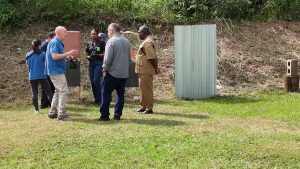 Paul Lopez, Reporting
Paul Lopez, Reporting
When a shooting happens, every detail matters. That’s why police officers are learning how to piece together what really happened at the scene. The Ministry of Home Affairs is stepping up with specialized training that teaches officers how to reconstruct shooting incidents, essentially rewinding the crime to understand how it unfolded. It’s all about getting the facts straight and strengthening investigations.
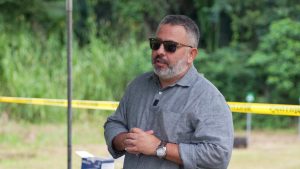
Kareem Musa
Kareem Musa, Minister of Home Affairs
“Wherever we are assessing a crime scene and especially in Belize and the Caribbean, it is usually as a result of gun violence. It has been perhaps the largest issue we have faced as a nation over the last few years. Occasionally we do have stabbings and that sort thing, but by far gun violence has plagued us so much over the last few decades and it is getting more because of the trafficking through our porous borders. This session will go along way in training our personnel about the angle a firearm was fired, whether it was murder, suicide. So there are so much aspects of this training that you have benefited from over the past few days and will be able to now apply it in your profession as the days go by.”
Officers first learned the theory in the classroom, then took that knowledge into the field for hands-on practice. Several targets were shot up for the participants to assess in their field exercise.

Frank Grosspietsch
Frank Grosspietsch, Technical Advisor, UNLIREC
“What we are doing is the practical application of what we did for the last three days in class, shooting incident reconstruction. So we are taking what we learnt in class, trajectory rods, measuring incidents angles, where was the shooter standing, what kind of damage took place, how to look at that damage and interpret by looking at all the evidence around you, obvious and not so obvious evidence. So what we do is we are shooting up a vehicle, targets that replicate building materials, windows, doors exterior panels, and even interior buildings materials, so that when the investigators come in and look at it they will be able to take the information learned in the classroom and apply it to the field.”
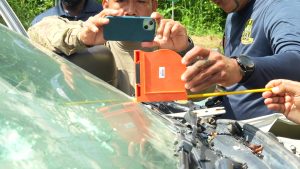 Deputy Commissioner of Police Bart Jones underscored the importance of the training and its value for officers investigating firearm related crimes. He explained that these skills can help officers to distinguish between homicides and suicides.
Deputy Commissioner of Police Bart Jones underscored the importance of the training and its value for officers investigating firearm related crimes. He explained that these skills can help officers to distinguish between homicides and suicides.

Bart Jones
Bart Jones, Deputy Commissioner of Police
“This is all part of the Ministry and Department’s efforts to address violence. This is part of gun control. The proper investigation of shooting incidents, not just the murder, but shooting incident in a whole so that we will be able to address the gun incidents from that perspective. So, while we are doing the enforcements, arresting and charging. We also have to look at the shootings and importantly that we are able to determine when a shooting incident might be a homicide or a suicide. Sometimes we know that people might stage murders to look like suicides.”
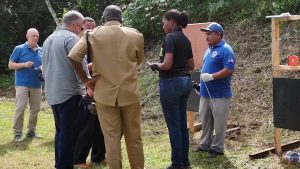 Police officer Jiro Sosa demonstrated what he learned in class, how measuring the distance between bullet holes can reveal critical details about a shooting.
Police officer Jiro Sosa demonstrated what he learned in class, how measuring the distance between bullet holes can reveal critical details about a shooting.
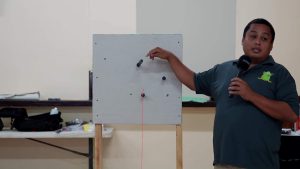
Jiro Sosa
Jiro Sosa, Police Officer
“This week has been a very interesting week; we have increased our knowledge and skills. We have three trajectory rods along with the centering cone and we have two techniques here. We have the laser which is very good for long distance and for visibility purpose might pose a challenge. But for visibility purpose it might pose a challenge, unlike this thread it is clearly visible, but it tends to sag. Each one has its advantage. The laser does not sag but the thread does. So we have different techniques. We can also calculate and measure the width and height of these bullet holes and using our everyday calculators we can get the angle of incidents or impact.”
Trainers emphasized the importance of investigators utilizing the lessons learned as tools to determine what happened, how it happened, and to think outside the box. Reporting for News Five, I am Paul Lopez.





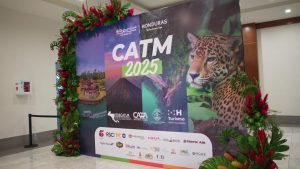
Facebook Comments